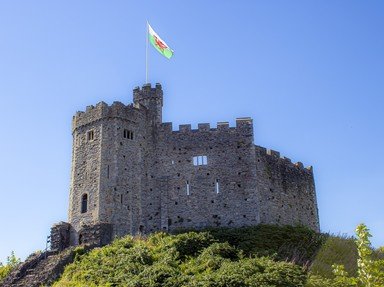Quiz Answer Key and Fun Facts
1. According to Homer's epic, "Iliad", which ancient king of Ithaca and legendary hero was credited with inventing the construction of the Trojan Horse, one of the most famous deceptions used in the history of warfare?
2. "All warfare is based on deception" was a quote made by Chinese general Sun Tzu, a pioneer of military strategy and known for authoring which famous works during the 5th century BC?
3. The "double envelopment" or "pincer movement" was an example of a deceptive military maneuver at the Battle of Cannae made by which Carthaginian military general?
4. Which word in the English language stems from the famous Renaissance author who wrote about cunning and duplicity in his work "Il Principe"?
5. Robert Baden-Powell, pioneer of the modern scouting movement, was responsible for a clever piece of psychological deception during the 1899 siege of Mafeking. He sent a fake letter saying that British reinforcements were coming, and this letter "accidentally" fell into enemy hands. During which war was this?
6. The 23rd Headquarters Special Troops were an American tactical deception unit used during World War 2. By what other name did they go by?
7. Felix Dadaev was one of four body doubles recruited to mislead enemies and potential assassins away from which leader?
8. Which out of the following choices was NOT a deceptive operation during the Second World War?
9. What was the name of the American soldier who was known as the "father of digital camouflage", responsible for creating the Dual-Tex pixelated design in the 1970s?
10. The CIA, the American embassy in Tehran and the film "Argo" were all associated with which audacious rescue mission in 1980?
Source: Author
Plodd
This quiz was reviewed by FunTrivia editor
bloomsby before going online.
Any errors found in FunTrivia content are routinely corrected through our feedback system.


